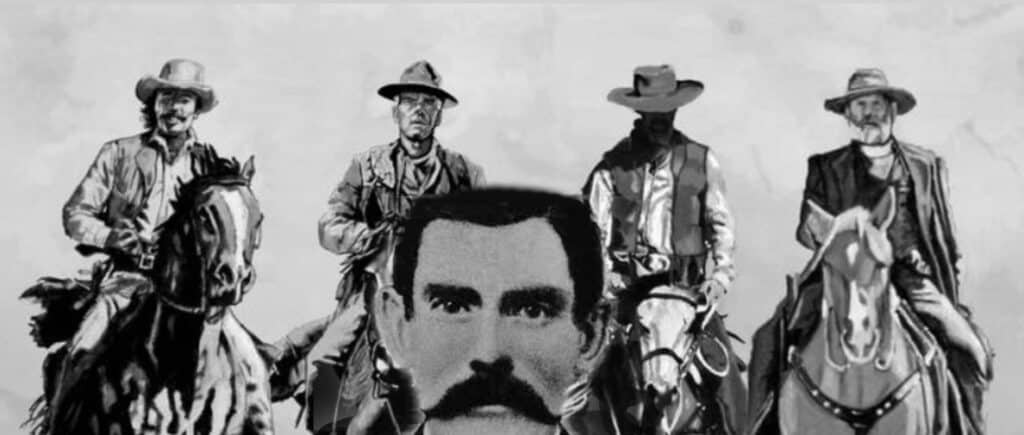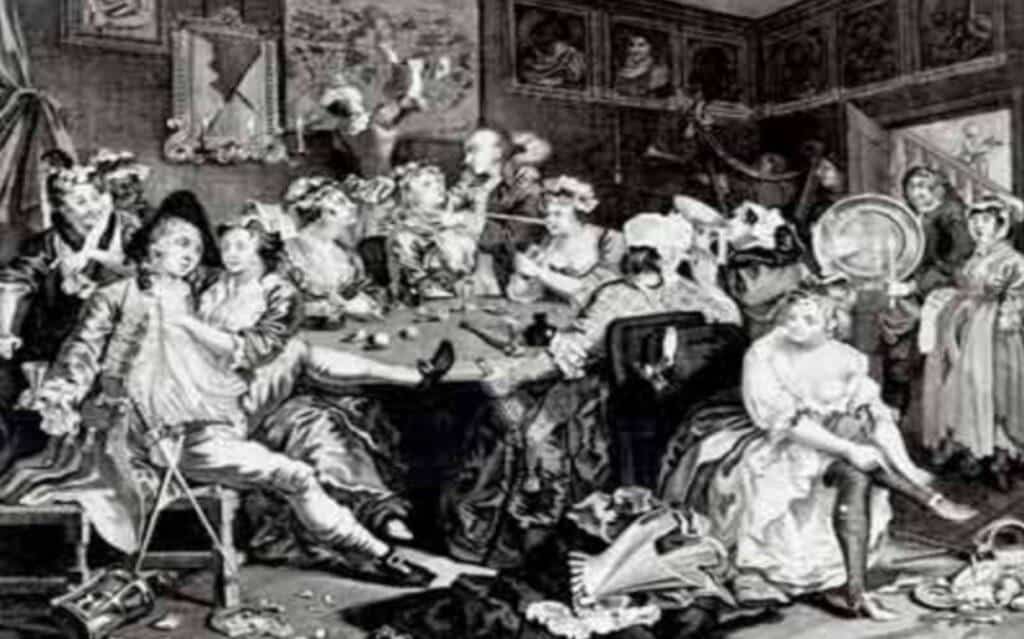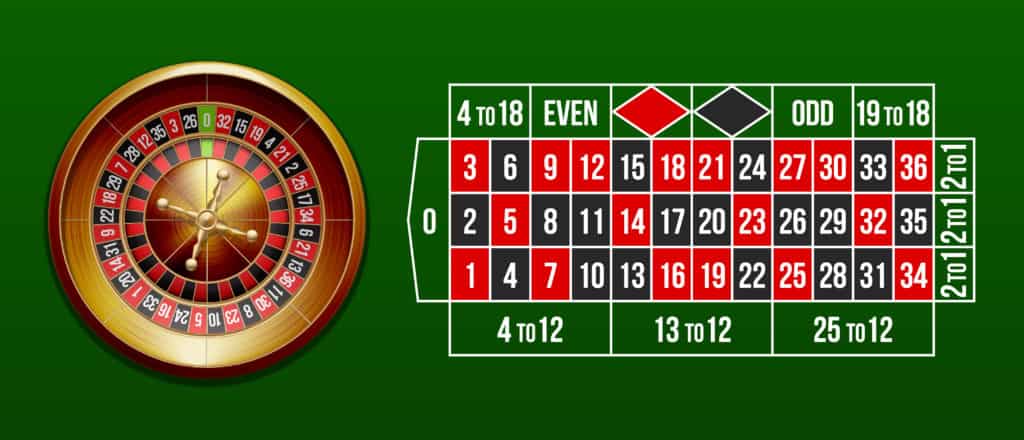
Benjamin Bugsy Seigel
Benjamin “Bugsy” Siegel, born in Brooklyn in 1906, didn’t come from a privileged background. Growing up amidst the gangs of New York, he earned a reputation as a local “wise guy.” Siegel’s life took a turn when he joined forces with Meyer Lansky, transitioning from petty crime to the casino business in 1926.
With his striking looks and natural charm, Bugsy became the gang’s liaison with politicians and celebrities. His love affair with an aspiring actress led to the purchase of El Cortez on Fremont Street, but clashes with city officials forced a move beyond city limits. Bugsy and Lansky then invested in The Flamingo, a groundbreaking casino and hotel project that opened in 1946.
Despite being labeled the “most dangerous man in the USA,” Bugsy was a man of contrasts. Known as both a ruthless criminal and a kind-hearted individual, his charisma left an indelible mark on Las Vegas. The nickname “Bed Bug” highlighted his quick temper, yet others saw a blue-eyed businessman with a big heart.
Virginia Hill and Bugsy’s Vision for Las Vegas
Virginia Hill, an American actress and socialite, played a pivotal role in Bugsy Siegel’s Las Vegas ambitions. Their romantic involvement was integral to Siegel’s vision for transforming Las Vegas into a gambling and entertainment destination. Hill, a trusted confidante, actively participated in Siegel’s operations, particularly in the development of the Flamingo Hotel and Casino.
However, her association with Siegel drew law enforcement scrutiny, leading to legal troubles. After Siegel’s murder in 1947, Hill faced a grand jury’s inquiry regarding her relationship with Siegel and his criminal activities. Fleeing to Europe to avoid testifying, she was later indicted on charges of perjury and contempt of court.
Unsolved Murder and Enduring Mystery
On June 20, 1947, Bugsy Siegel met a violent end, shot in the Beverly Hills home of his girlfriend, Virginia Hill. The murder remains unsolved, with no official charges or convictions. Theories abound, suggesting organized crime associates, rival gangs, or even Hill herself as potential perpetrators.
Despite numerous investigations, Bugsy Siegel’s murder remains one of the most infamous unsolved cases in American history. His complex legacy intertwines with the birth of Las Vegas as a gambling oasis, leaving an indelible mark on the city’s history.
Gambling Archives:

Las Vegas History: Doc Holliday Famous Gambler Gunslinger and Resident of Las Vegas

Las Vegas History: How Las Vegas’ First Telephone Exchange Made Bugsy Siegel’s Race Wire Possible

Las Vegas History: The Official Naming of Las Vegas 1905

Las Vegas History: 1864 Las Vegas The Impact of Nevada Statehood

Las Vegas History: Las Vegas and It’s Vices in the 1850s

Roulette: European | What is European Roulette and How to Play? E-Vegas.com Guide
Frequently Asked Questions (FAQs):
1. Who was Bugsy Siegel, and what role did he play in Las Vegas history?
Benjamin “Bugsy” Siegel was a notorious American mobster, born in Brooklyn in 1906, who played a significant role in the development of Las Vegas. He was instrumental in founding the Flamingo Hotel and Casino, contributing to the establishment of the Las Vegas Strip.
2. How did Bugsy Siegel transition from a local “wise guy” to a key figure in organized crime?
Siegel’s early life involved growing up amidst the gangs of New York, engaging in petty crime. His collaboration with Meyer Lansky in the 1920s marked a shift from small-scale criminal activities to the casino business.
3. What was Bugsy Siegel’s relationship with Virginia Hill, and how did she influence Las Vegas history?
Virginia Hill, an actress and socialite, was romantically involved with Bugsy Siegel. Together, they played a crucial role in transforming Las Vegas into a gambling and entertainment hub, particularly with the development of the Flamingo.
4. Why did Bugsy Siegel face challenges in Las Vegas, leading to the move beyond city limits?
Despite initial success with El Cortez on Fremont Street, Bugsy encountered difficulties with city officials, prompting the need to seek land outside city limits for future ventures.
5. What was Bugsy Siegel’s contribution to the Flamingo Hotel and Casino, and when did it open?
Bugsy Siegel invested in The Flamingo, a groundbreaking casino and hotel project that opened on December 26, 1946, before its completion. The Flamingo marked a significant milestone in the development of Las Vegas.
6. How did Bugsy Siegel earn the nickname “Bed Bug,” and what does it reveal about his personality?
The moniker “Bed Bug” stemmed from Bugsy’s quick temper, portraying him as a complex individual with both a ruthless criminal side and a charismatic, kind-hearted nature.
7. What challenges did Virginia Hill face after Bugsy Siegel’s murder, and how did she evade legal proceedings?
Virginia Hill, implicated in Siegel’s criminal activities, faced legal scrutiny post-Siegel’s murder. She fled to Europe to avoid testifying, later indicted on charges of perjury and contempt of court.
8. Why is Bugsy Siegel’s murder considered one of the most infamous unsolved cases in American history?
On June 20, 1947, Bugsy Siegel was shot and killed, yet the murder remains unsolved. Theories about the perpetrators range from organized crime associates to rival gangs, contributing to the enduring mystery.
9. How did Bugsy Siegel’s legacy intertwine with the birth of Las Vegas as a gambling oasis?
Bugsy Siegel’s legacy is intricately linked with the emergence of Las Vegas as a gambling destination. His vision and contributions laid the foundation for the city’s transformation.
10. What impact did Bugsy Siegel leave on Las Vegas, and how is he remembered today?
Bugsy Siegel’s impact on Las Vegas is lasting, influencing its growth into a prominent entertainment and gambling center. Despite his criminal activities, he is remembered as a key figure in the city’s history.





